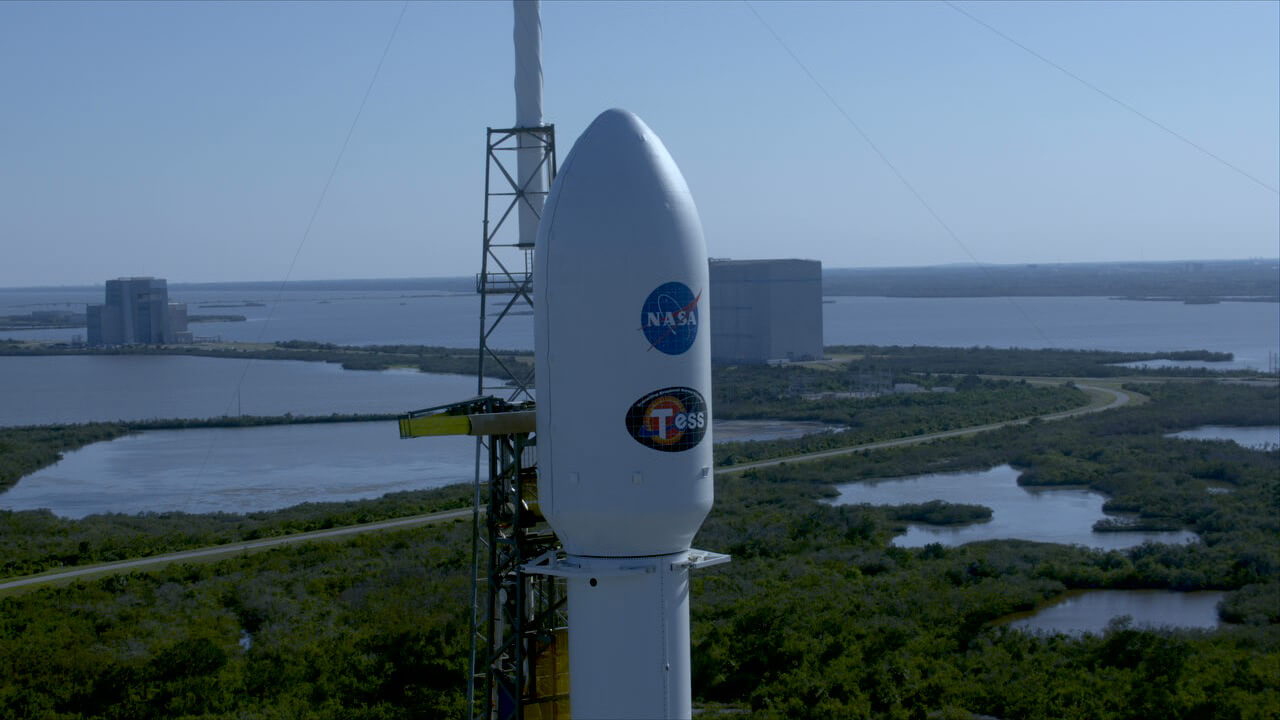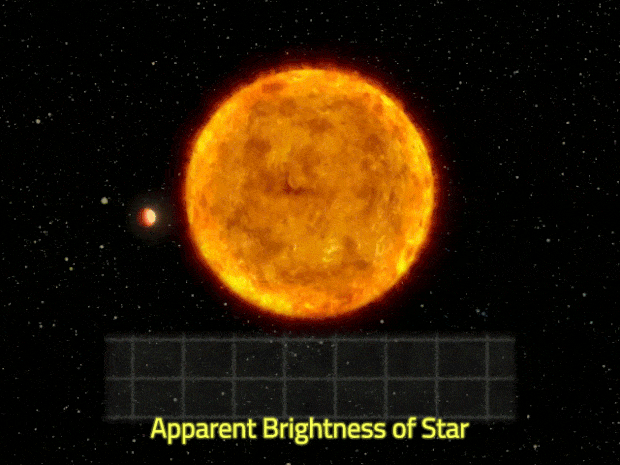
Company SpaceX conducted a successful launch from the spaceport at Cape Canaveral launch vehicle Falcon 9 with the companion TESS (Transiting Exoplanet Survey Satellite) to space Agency NASA, which will use it to search for earth-like planets outside the Solar system.
After pending on the day of launch the launch was nominal. Three minutes after the start there was a separation of the first stage of the Falcon 9. After six minutes, the stage made a successful vertical landing on a barge “Of Course, I Still Love You”, located in the Atlantic ocean. After approximately 50 minutes the unit went into orbit. In the framework of his two-year mission, the unit will study more than 200 thousand stars, near which, with the help of the transit method of detection will search for new exoplanets.

The transit method of finding exoplanets is to observe a reduction in the luminosity of the star at the time, when it can pass a large object, the size of a planet. Level adjustable brightness allows scientists to determine what exactly they found
On 16 April, the head of SpaceX Elon Musk said that the second stage of the rocket after its launch, you can keep using a giant balloon for parties. Company SpaceX is known for having worked out the technology of the return and landing of boosters floating in the ocean drone platform, and then reuse it.
Recall that TESS started to replace the telescope “Kepler”, which is due to run out of fuel completely will fail in the coming months.
TESS has four telescope with matrices of 16.8 megapixels, operating in the spectral range from 600 to 1000 nanometers. Each of these telescopes has a field of view of 24 by 24 degrees. They are directed in such a way that together form a single field of view in the form of an elongated strip. Once in 27 days, the telescope will change the surveillance area, which will allow him two years primary mission to create a map that covers 85 percent of the celestial sphere. He is very different from the “Kepler”, which is constantly watching the fragment only a quarter of a percent of the sky. However, this broad coverage has resulted in serious shortage. The telescope will observe one segment less than a month and it may not detect a planet with large orbital period. But TESS will be two areas for which it will be observed continuously for years — they are located in the center of the Northern and southern hemisphere survey telescope and are formed due to the overlap of the segments when turning the camera.
The main objectives of TESS will be the star located no further than 300 light years from Earth and has a brightness of 30 to 100 times higher than those who studied “Kepler”. According to scientists, the device can detect several thousands of exoplanets, of which about 300 may not be more than two times the size of Earth. After the detection of candidates for exoplanets using orbital telescope mission scientists will be engaged in their verification using ground-based telescopes, and future space telescope “James Webb”, which, we hope, with this series of endless postponements of the launches, when you will be launched into space.
SpaceX successfully launched a new space telescope TESS in orbit
Nikolai Khizhnyak